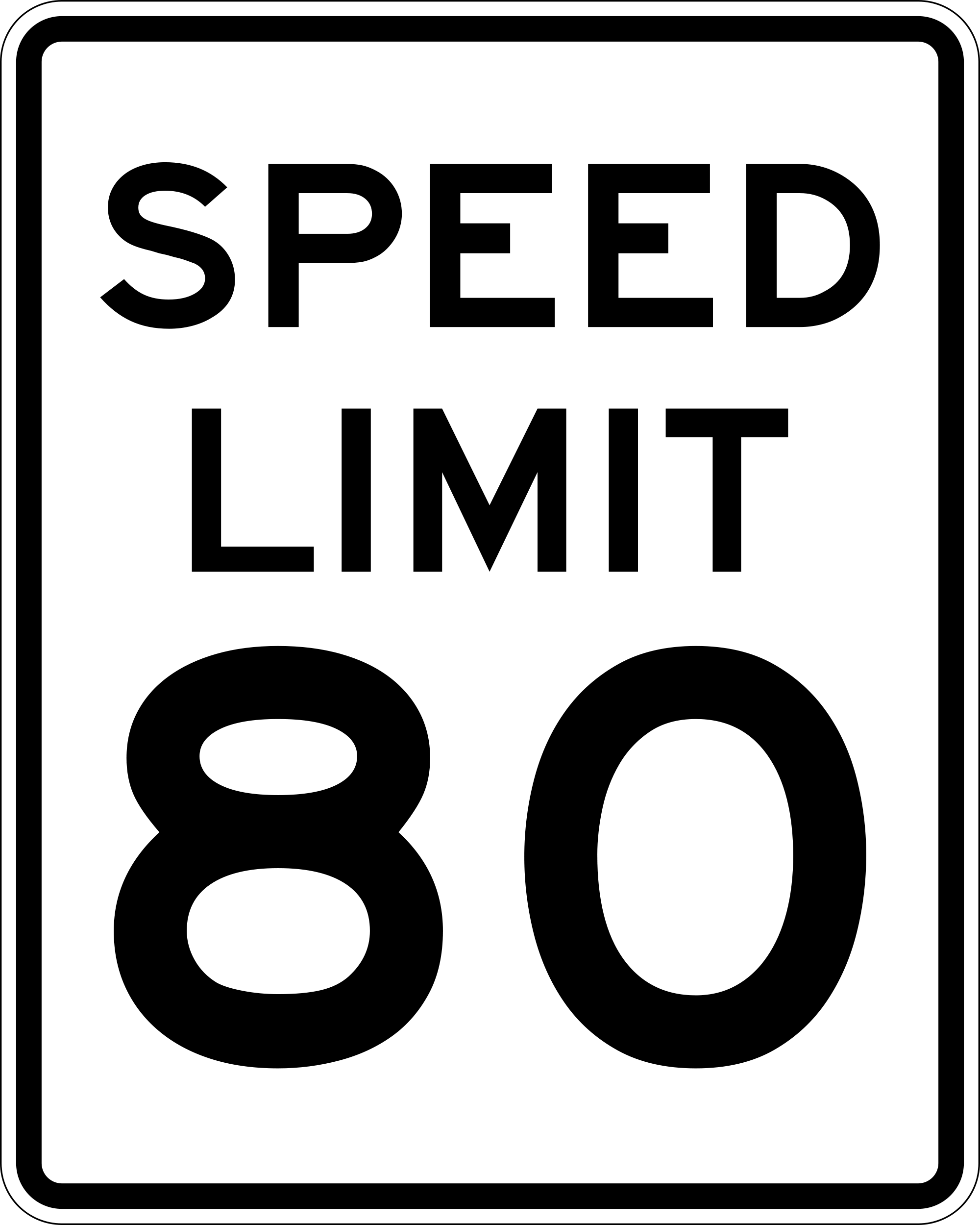The Fastest-Sounding Foreign Languages: Can You Keep Up?
When you are attempting to learn a language for yourself and you hear actual native speakers speaking, one of two things usually happens. One, you get excited and give yourself a virtual high-five because you actually understand what they are saying, or two, the conversation is at such speed using such complex colloquialisms that your heart sinks, your confidence drops, and you find yourself reaching for a beer (other beverages are available).
It isn’t, in most cases anyway, a cruel attempt by natives wanting to exclude you; rather it is just their natural way of speaking. Which brings us to our question: which languages in the world sound the quickest? Which are the ones that would earn themselves a speeding ticket were they given wheels and an open road?
Let’s take a look!
Before we start…
Photo via Flickr
…Because we know that this is a tricky topic, and notice we are asking which languages sound the fastest, not which ones actually are. To attempt to work out the speed at which a language is spoken means linguists tend to look at two elements: speech speed, or syllabic rate, which means the measure of how many syllables are spoken per second, and information density, which talks about how much information is coded within a second. Combining these two factors gives you a sense of the feel of the speed, and the general theory is that the more information that can be imparted per syllable, the slower the speaker can (in theory) speak.
Let’s see if you agree with these linguistic observations.
Mandarin
Mandarin is a Sino-Tibertan language and considered the most widely-spoken Chinese dialect both throughout China and the entire world. Its syllabic rate is quite low, at around 0.6 syllables per second, but its information density is at around 9.5 (an arbitrary, unitless measurement) and considered one of the most information dense languages.
English
Since this article is written in English we had to include it in the list. English, an Indo-European language of the West Germanic group considered lingua franca by many, has a syllabic rate of around 0.7 syllables per second, and an information density of about 9.
Learning a new language? Check out our free placement test to see how your level measures up!
German
German is a West Germanic language part of the Indo-European language family. Its syllabic rate is very slightly less than English’s 0.7 syllables per second, and its information density around 8. In German’s defence, it does have some very intricate and long words in its vocabulary, which means that one long sentence in English might be concisely written in one (albeit long) German word when translated.
French
French is a Romance language of the Indo-European language family. It has a syllabic rate of around 0.9 syllables per second, and an information density of around 7. French might be a passionate-sounding language but that doesn’t have to mean speed!

Photo via Wikipedia
Spanish
Spanish is another Romance language from the Indo-European language family. It has a syllabic rate of around 1 syllable per second, and its information density is approximately 6.5. With a high syllabic rate, Spanish is often considered the second most quickly-spoken language, and is undoubtedly the fastest amongst all the Romance – and European languages.
Italian
Our final Romance language on this list, Italian, has a syllabic rate of around 0.8 syllables per second and an information density of 7. Perhaps it is the lyrical sound of the Italian language that makes it sound that little bit slower as though every syllable is pronounced with intention.
Japanese
Japanese is from the Japonic language family. It has a syllabic rate of almost 1 syllable per second, and an information density of around five. Japanese has the lowest information densities of all languages, and this, coupled with its high syllabic rate, makes Japanese the contender for the fastest spoken language.

Photo via Pixabay
So what does that mean?
Broadly speaking, if you have a high syllable rate per second and a low information density, that means you get more value per syllable. More ideas can be conveyed with less speech, yet this doesn’t mean that Japanese speakers actually speak slowly to compensate – hence Japanese being considered to be the fastest spoken language in the world.
There are, of course, language outliers. Vietnamese is often used by linguists when conducting such studies, because Vietnamese is considered to be incredibly information dense. Yet its syllabic rate is relatively low in comparison, on par with perhaps Mandarin.
Another thing to consider here is the information rate which is a combination of the factors already mentioned. It turns out that most languages have a similar information rate, which means all languages convey more or less the same amount of information over the same time period. Denser languages use fewer chunks of language than a sparser one, but at the end of the day, the same story will be told in approximately the same amount of time.
So, you weren’t imagining it: some languages do technically sound faster than others! Next time we will take a look at some of the fastest languages to write.



